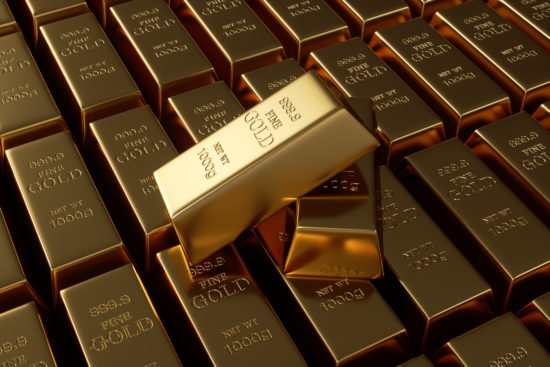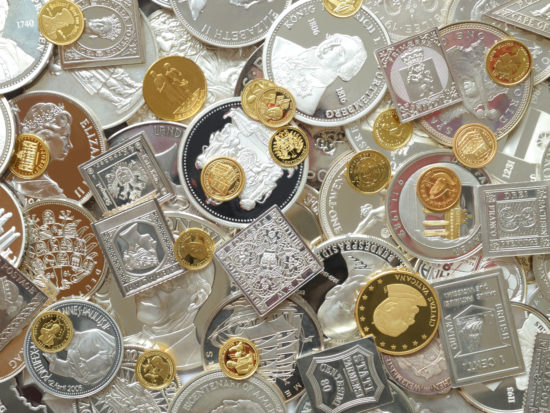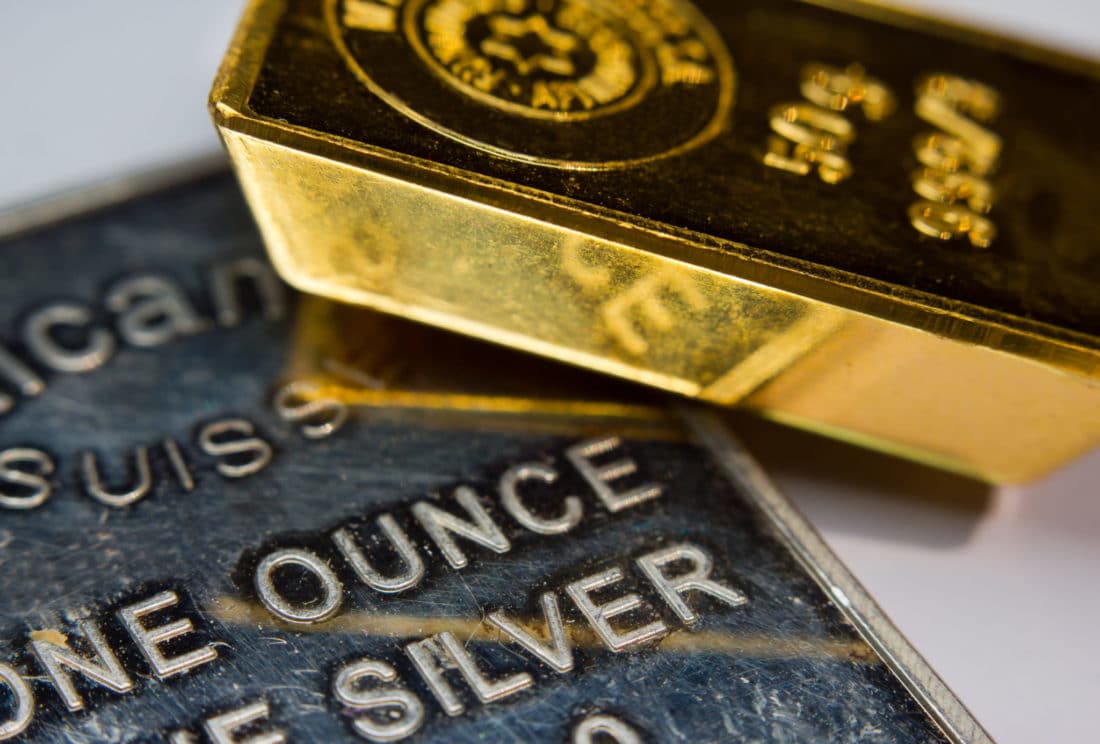If you’re considering a new investment into precious metals, you might wonder whether it’s better to start with silver or gold. Both are excellent choices and have many uses as money and as industrial material. However, there are many differences between gold and silver, and these key properties show how they act as an investment. Investing in a new enterprise always requires some research beforehand, which is why we’ve put together this handy evaluation of Gold vs Silver, so you can make an informed decision about your next investment.
Many different elements including supply and demand, market, transport, and risk come into your decision on precious metal investments. Throughout this article, we’ll discuss the advantages and disadvantages of both metals in each area, so you can be sure to buy the best metals to pad out your investment portfolio. Around the world, central banks are reducing their stocks of fiat currency and hoarding reserves of gold and silver, so it’s time that all intelligent investors must consider doing the same. Read on to discover the most important differences investors need to know between gold and silver in order to secure your future today.
Difference #1: Supply
Before making any investment, you need to know about supply factors that could affect your cost and profit. The global supply of gold and silver has changed dramatically in the last century, so understanding why and how these changes affect your investments is an important aspect in the decision between gold and silver. The gold and silver supply across the planet is a vital factor when considering these metals as monetary assets.
Historically, gold is the more valuable and more coveted of these two precious metals, mainly for its yellow shine and chemical properties. However, today, silver has more practical uses in electronics, thus creating more demand. Demand for the production of electronics has affected the changing supply over the years. Previously, these aspects made gold a much rarer substance than silver. But silver’s use in modern electronics has significantly reduced the world’s supply. Where almost 100% of all gold ever mined is still in circulation today, silver has been consumed by industry, often leading to its material disposal. Most gold across the globe exists in bank vaults, whereas most silver now resides either within consumer electronics or at the bottom of a landfill.
From an investor's perspective, the changing demand for gold and silver can have a big effect on which you choose to buy. Silver stockpiles represent a tiny fraction compared to gold supplies, and while gold will remain, silver is likely to be used up. Experts have predicted that the planet could run out of silver as soon as in the next 25 years, and unless we find an alternative such as recycling used metals, the global supply of silver could become virtually nothing.
Given that silver stockpiles across the world are so small, investing in silver could be a huge opportunity if you’re in the ideal position once the inevitable shortage occurs. On the other hand, the gold supply remains steady, and more a predictable and reliable investment. This huge difference between gold and silver, one that outlines the disparity between the supply of both metals, is an important aspect to remember when considering your investments.
Difference #2: Properties, Applications, and Demand
If you’re considering an investment into silver or gold bullion, it’s important to have a good understanding of what the uses for these metals are. This affects the demand upon the product, which in turn has an impact on potential profits and losses. Silver and gold both have many applications in our world, from heavy jewelry to fragile electronic components. Silver has a considerable advantage over gold as it traditionally has many more industrial uses.
The precious metal silver can be found in almost any electrical appliance across the world, as it has a very low resistivity. Solar panels, for example, use silver for many elements of the setup. Silver also has antibacterial properties, leading to a growing use within the medical profession. Many products around your home need silver to function, including your mobile phone, refrigerator, vacuum cleaner, and even clothing.
Compared to silver, gold barely has any industrial uses. So, why is it still so popular? Where silver is a necessary component in many modern technologies, gold is almost exclusively a luxury item. More than two-thirds of the annual demand for gold comes from its use in jewelry, particularly for countries like India. Practical applications of metal gold are mostly limited to use in medicine and dentistry, which accounts for about 12% of the total annual demand.
As an investor, the forecasted demand for gold and silver is a vital aspect. Because the price of gold has been steadily climbing, you must consider if there will come a point when people will stop buying gold as a luxury item. In this respect, silver might be a better investment because there is a guaranteed demand, in fact, the world is quickly running out. However, the gold supply industry has been one of the most reliable throughout history and has shown itself a much better investment as an alternative to fiat currency. Gold is still the best choice for safe-haven investments, as a form of protection in these uncertain times.

Gold bullion offers a safe haven like no other as an investment.
Difference #3: Storage and Transport
One huge difference between silver and gold is the amount of space they need for storage. This might not seem like an important element, but if you’re investing any serious amount of money into physical silver or gold, you’re going to need to keep it somewhere. Silver and gold ETFs (exchange-traded funds) offer an alternative to holding physical precious metals. ETFs track the prices of gold and silver as investments. However, ETFs represent real gold coins and bars in a paper or digital form and don’t have the same benefits as holding your own silver coins and other physical precious metal.
Silver and gold ETFs don’t offer the same level of wealth protection as physical gold. A huge reason to invest in gold and silver is for the safe haven of wealth protection when fiat currency, digital bank accounts, and stock shares fail. As an ETF is not dissimilar to a share in the gold supply industry, problems with digital and paper wealth still apply. If you want to truly benefit from investing in gold or silver bullion, you need to physically hold the precious metal.
This is where the difference in transport and storage comes into play. We know that for true wealth protection your gold and silver bullion needs to be held either in your home or at a secure storage facility. However, there’s a big difference in the volume and value of silver and gold. Firstly, silver has a far lower density than gold, pure silver is 84% larger in volume than pure gold, meaning you can store 128 times less gold and hold the same amount of wealth in physical precious metals.
As well as taking up so much more space, your silver supply would be much heavier than the same value in gold. An amount of gold worth 50 thousand US dollars weighs only 2.6 pounds, whereas the same monetary value in silver is 189 pounds in weight. In a regular central bank safe deposit box, you could store 170 thousand dollars of gold coins and bars, however only $2300 of silver due to the size constraints. On a smaller scale, you can easily hide some gold coins around your home and have some easily accessible cash in emergencies or crises, whereas a few silver coins don’t offer the same safe haven. You also need to take extra care where you store your silver bars or coins, as over time various elements can cause tarnishing. The same does not apply to gold bullion, which will shine no matter what.
These limitations apply to when you need to transport your precious metals as well as when storing them; gold is easy, but silver can be cumbersome in large amounts. So, the decision for investors depends on your reasons for buying precious metals. The demand for silver is certainly rising, so if you can afford the size and weight stipulations, it could be a fantastic investment. However, the gold market tends to be more reliable, as silver prices are more subject to change. If it’s a safe haven you’re seeking, especially if you want to store emergency funds in your home, purchasing a few gold coins is a great idea.
Difference #4: The Gold to Silver Ratio
Just like the stock market, the prices of silver and gold fluctuate regularly. However, the spread between the price of gold and silver has been trending steadily upward for a number of years. Although this may show that you’re unlikely to make a loss with either gold or silver, which is the better investment? The gold to silver ratio, which is the difference between spot prices of the two precious metals, tells investors the value of one metal compared to another. It compares how many ounces of silver you can buy with one ounce of gold.
The current gold to silver ratio at the time of writing is approximately 113:1. At this rate, you could buy more than a hundred ounces of silver with just an ounce of gold. Knowing the relative value, rather than just the value in comparison to fiat money, is vital to be a good investor. With the fluctuations and unreliability of the US Dollar and other paper currencies, tracking the relative value of precious metals with the gold to silver ratio is a much more reliable way to make decisions.
Difference #5: Outside Manipulation of Markets
Contrary to what many may think, both the gold and silver markets have been subject to manipulation from various governments and agencies for centuries. This is through a variety of avenues, starting around the time that the US Dollar became a fiat currency. The dollar was no longer representing a specific amount of precious metals, and instead became a paper currency representing only the value the government assigned it. No longer intrinsically linked to the dollar, the value of precious metals rose significantly and became much more volatile.
However, the way in which central banks and governments manipulate gold and silver differ. Gold is leased from central banks to gold mining companies before it’s even dug up, so the amount of gold reported in federal reserves and bank supplies is overinflated. This means the total world’s gold supply is estimated much higher than reality. The consequence of this was the price of gold growing from $200 an ounce to a massive $1500.
While the knock-on effect of gold market manipulation has already been felt, silver continues to take losses. The global supply of silver bullion is similarly overestimated, while the federal reserve prints more money to make up the deficit. World governments must manipulate the precious metals market in order to protect the value of fragile fiat currency, but these losses can’t last forever. Eventually, silver will rise just like gold prices did, and with increasing demand, it’s vital for investors to be making informed decisions.

The gold to silver ratio tells us the relative value of these precious metals.
Difference #6: Affordability
There’s a huge range of reasons you might be considering an investment into silver or gold, and therefore a range of amounts you might want to spend. An investor's budget has a big impact on whether silver or gold is the better choice. Silver is generally the more affordable for those on small budgets, as holding silver bullion (not ETFs but physical metal) has many of the same advantages which make gold such a great investment.
The safe-haven benefits of gold including privacy, hard asset value, no default risk, and no counterparty risk, are benefits of silver too. The difference is that silver bars and coins are available within a much lower price range. For the everyday investor looking for a small amount of wealth protection, silver is affordable and effective. Additionally, when the time comes to sell off your metal bullion, silver's lower prices will make it easier to move. Gold prices, on the other hand, are limited to those with larger budgets.
If you want to make a larger investment, then gold is a better choice from a value perspective, providing your views on our other listed differences align. Silver could be considered a more practical purchase with more everyday utility, whereas gold is suited more when you have a large amount of wealth to invest. Similarly, when the time comes to part with your gold bars, they’re more appropriate for large purchases.
Difference #7: Risk
On the subject of risk, it’s easy to believe that gold is a safer investment in comparison to silver. Gold has always been more valuable than silver, however, the ratio has grown dramatically in the last 50 years. Given this fact, investors could conclude that gold is drastically overvalued, and as demand for silver increases the gold to silver ratio could begin to even out. With silver prices being much closer to the nominal high and could pose less risk should the market change.
Gold Vs Silver: Which is a Better Investment?
That concludes our seven key differences between gold and silver, from an investor's standpoint. With this information, you can make a more informed decision about whether gold or silver is a better investment for you. When it comes to your budget, larger is better if you’re investing in gold bullion. Silver coins and bars are better investments for a smaller budget, ideal for small amounts. Gold has more value when purchasing on a larger budget, and for a serious safe haven supply.
The global supply of gold is expected to remain constant and is mostly used as jewelry. However, we expect the planet's silver to run out in the not too distant future, which could cause a massive demand and skyrocketing prices. Gold prices are more reliable, and higher, but remember that silver costs could always shoot upwards. Consider how long-term you want your precious metals investment to be, as well as your reason for investing.
Remember that gold and silver are both much safer than ETFs, but they also take up much more space. If storage is a limiting factor, you can hold a much larger volume of gold in a smaller space. This again is ideal if you want to keep a few bullion coins hidden around your home, as the same amount in silver wouldn’t amount to much cash. One of the best tools at an investor's disposal when considering gold vs silver is the gold to silver ratio. This number will offer a relative value which is generally much more reliable in relation to fiat currency.




